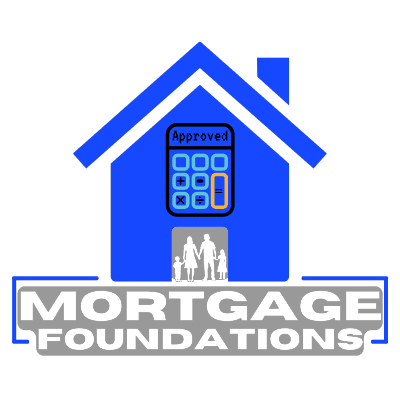Episode # 3 of the Mortgage Foundations podcast
Sure, let's dive right into the topic of mortgages and specifically look at the differences between insured, insurable, and uninsurable mortgages. First, let's start with what an insured mortgage is. An insured mortgage is a type of mortgage that is backed by mortgage insurance. Mortgage insurance is a financial protection that lenders require when a borrower has a down payment of less than 20% of the home's purchase price. With an insured mortgage, the purchase price needs to be less than $1 million, maximum amortization is 25 years and the property needs to be owner-occupied; although, a legal rental suite within the property is allowed and that income may even help you to qualify. In most instances; down payment needs to come from the borrowers own resources or gifted funds from direct family; however, there are insurer programs available that can assist if the need for borrowed funds arises. These programs feature additional premiums and qualifying criteria; ensure you discuss them with your mortgage professional ahead of time. The purpose of mortgage insurance is to protect the lender in case the borrower defaults on the loan. If the borrower is unable to repay the mortgage and the property is sold at a loss, the mortgage insurer compensates the lender for the losses incurred. This gives lenders the confidence to offer mortgages to borrowers with a smaller down payment, as they are protected against significant financial risk. The insurance premium on an insurered mortgage is paid for by the borrower and can be added to the mortgage. Now, let's move on to the concept of insurable mortgages. An insurable mortgage is a type of mortgage that meets the eligibility criteria set by mortgage insurers; similar to those found with an insured mortgage. In Canada, to be considered an insurable mortgage, the property must have a purchase price of less than $1 million, the borrower must have a maximum amortization period of 25 years, and the down payment must be at least 20% of the purchase price. These criteria are subject to change and may vary slightly between different mortgage insurers. When a mortgage is insurable, it means that the lender can secure mortgage insurance for it; with theses insurance premiums typically being paid by the lender. With mortgage insurance in place, lenders are more willing to offer competitive interest rates, as they have the added protection in case of default. On the other hand, uninsurable mortgages refer to mortgages that do not meet the eligibility criteria for mortgage insurance. This means that lenders cannot secure mortgage insurance for these types of mortgages. Generally, properties with a purchase price of $1 million or more, rental properties, and mortgages with an amortization period longer than 25 years fall into the uninsurable category. Because uninsurable mortgages carry a higher risk for lenders, they usually have higher interest rates compared to insured or insurable mortgages. The absence of mortgage insurance also means that lenders are relying solely on the borrower's ability to repay the loan and the value of the property itself. It's important to note that even though a mortgage may be uninsurable, it doesn't mean that it's necessarily a bad option for borrowers. It simply means that the lender is assuming more risk and will reflect that in the terms and conditions of the mortgage. In conclusion, the main difference between insured, insurable, and uninsurable mortgages lies in the availability of mortgage insurance. Insured mortgages have mortgage insurance in place, which protects the lender in case of default. Insurable mortgages meet the eligibility criteria for mortgage insurance and can be insured if desired by the lender. Uninsurable mortgages do not meet the criteria for mortgage insurance and carry a higher risk for lenders. Understanding these distinctions can help borrowers make informed decisions when obtaining a mortgage.

